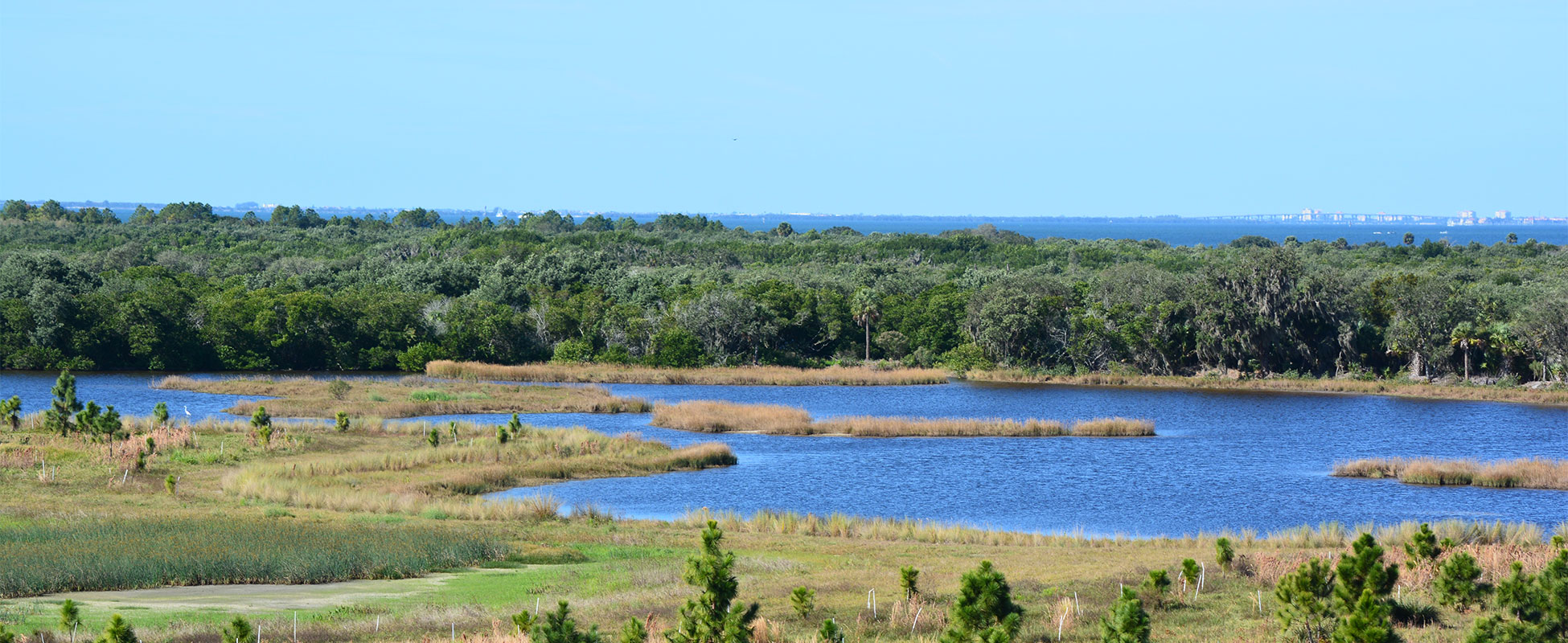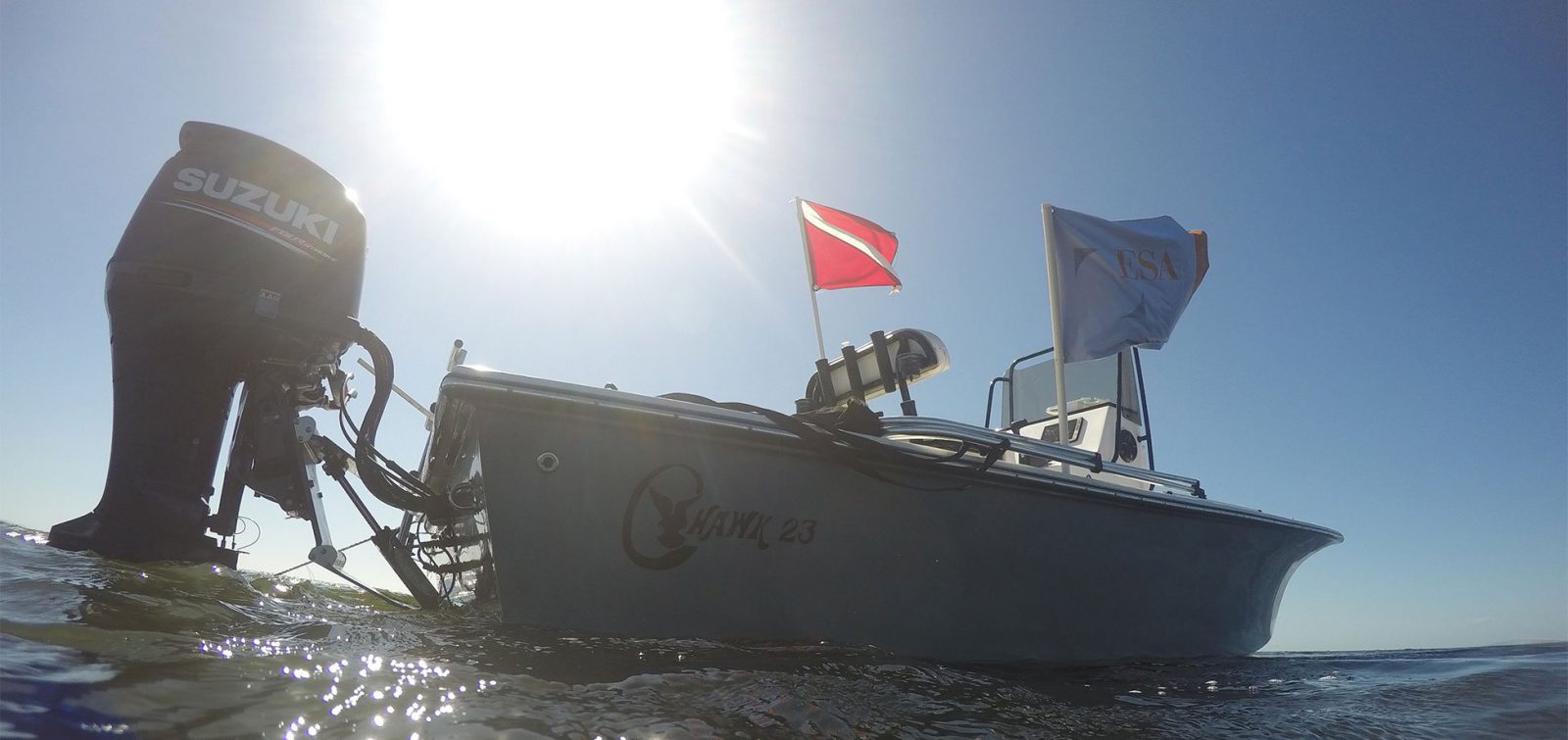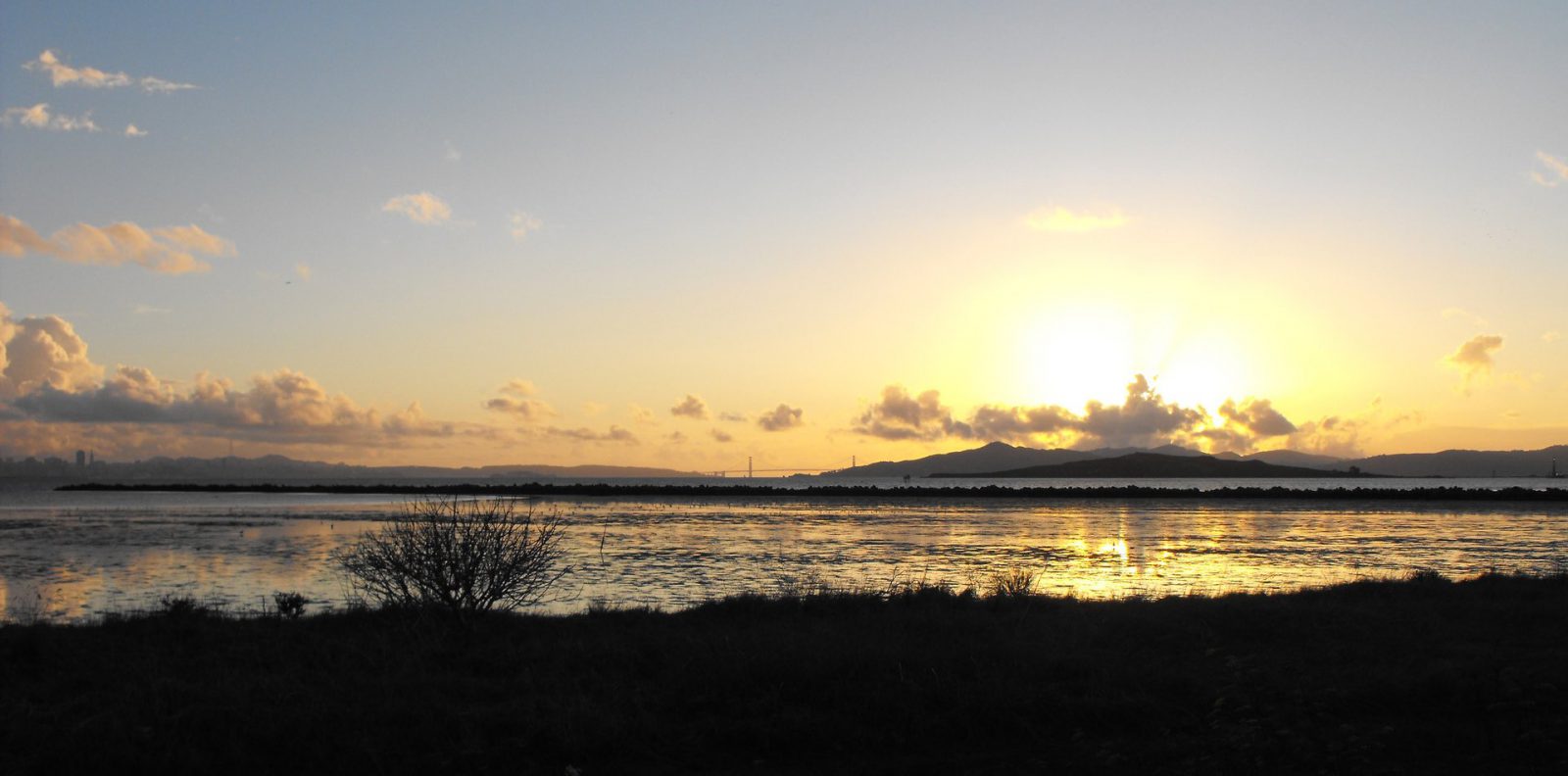There is a growing interest among local governments to collaborate across borders and consider multi-level, innovative infrastructure design strategies to reduce flooding from storm surge, rising sea levels, and extreme rainfall. This is exactly what happened in Florida when the Tampa Bay Regional Planning Council (TBRPC) launched the Resilient Ready Tampa Bay initiative to support its members’ goals of creating more resilient communities.
With funding from the Florida Department of Environmental Protection, TBRPC selected Tampa, St. Pete Beach, and Oldsmar from a pool of more than a dozen applicants to serve as the case study collaborators. The cities were chosen because their specific locations and flood challenges were representative of other communities and had the most potential for producing lessons learned and resilient practices that would be applicable to others, giving more bang for the buck on this design collaborative.
Through hosted charrettes at each of the communities, TBRPC worked with a team of designers and consultants led by New Orleans-based architecture firm Waggonner & Ball, including Applied Sciences and Tom Ries from ESA, and several Dutch consultants supported by the Netherlands Consulate. The team collected input from staff and stakeholders, showed risks, and explored multi-benefit resilient design strategies.
The result? Big ideas that lead to dynamic and resilient communities that thoughtfully incorporate nature-based approaches to flood risk management. A key aspect of these conceptual designs involved Tom Ries’ expertise and technical guidance on the ecological aspects of the three sites’ designs in terms of nature-based shoreline designs.
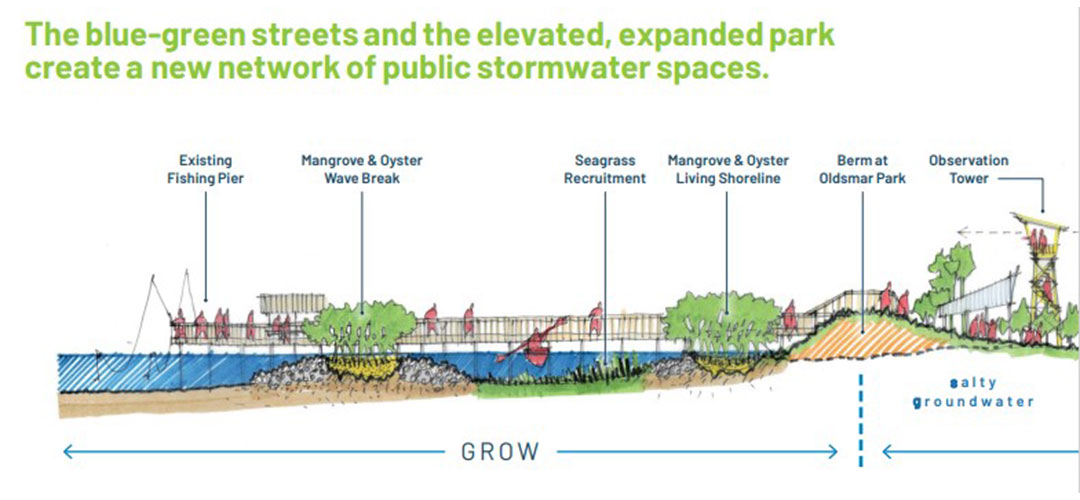
Conceptual design option for the City of Oldsmar includes barrier islands to provide wave energy protection coupled with increased ecosystem benefits and a raised berm at the upland interface for tidal surge protection. Rendering courtesy of Resilient Ready Tampa Bay/Waggonner & Ball.
“It was a great opportunity to participate in this resilience brain trust to support the cities as we explored potential for using advanced green and hybrid infrastructure strategies to reduce coastal flooding and resiliency to rising seas,” says Tom. “Working with TBRPC and the Waggoner & Ball team enabled a larger-scale perspective, making way for ‘out of-the-box’ ideas that really address what is needed for the long-term.”
“Florida, in some senses, is ground zero for climate change, sea-level rise, and flooding from hurricanes and extreme rainfall,” explains Sean Sullivan, Executive Director of the TBRPC. “Community planning and design processes must adapt and adjust. Many of our local governments are interested the Resilient Ready concepts. This project brought people together, and the report is a great resource for designing resilient construction and development projects.”
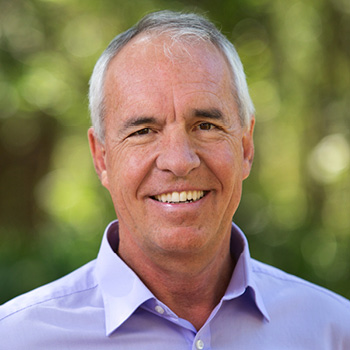
“It was a great opportunity to participate in this resilience brain trust to support the cities as we explored potential for using advanced green and hybrid infrastructure strategies to reduce coastal flooding and resiliency to rising seas.”
Tom Ries, Southeast Biological Services and Restoration Director
For the past decade, Ries has advised and collaborated with TBRPC in their goal to provide members with technical education on living shorelines and cost analyses of nature-based adaptation. Ries recently participated in a project that developed the first integrated resilient shoreline model ordinance for Florida, released in September 2022. The concept of the Resilient Ready program came about in 2019 ( read more about its background in this article by Bay Soundings), and included an international perspective with the involvement of the Dutch American Embassy.

This rendering for the City of St. Pete Beach area depicts the beach width being tripled coupled with extensive living shoreline elements on the pass side. Although not permittable under today’s regulatory rules, the Resilient Ready program sees it as a viable option to retreat vertically and develop multiple lines of natural defense. Rendering courtesy of Resilient Ready Tampa Bay/Waggonner & Ball.
“Collaboration is the key on a project like Resilient Ready,” says Andy Sternad, AIA, AICP, project lead at Waggonner & Ball. “We’ve been inspired for many years by the Dutch model of integrated planning and continue to look for ways to work together with local and international partners.” The goal is that these design strategies will be considered in planning efforts at the city and county levels within the Tampa Bay area, ensuring a more sustainable and resilient future with innovative designs that work with nature and the impacts of living near a rising sea. The Resilient Ready report and additional information can be found on TBRPC’s website, and if you would like to learn more about ESA’s expertise and involvement, please reach out to Tom Ries.
